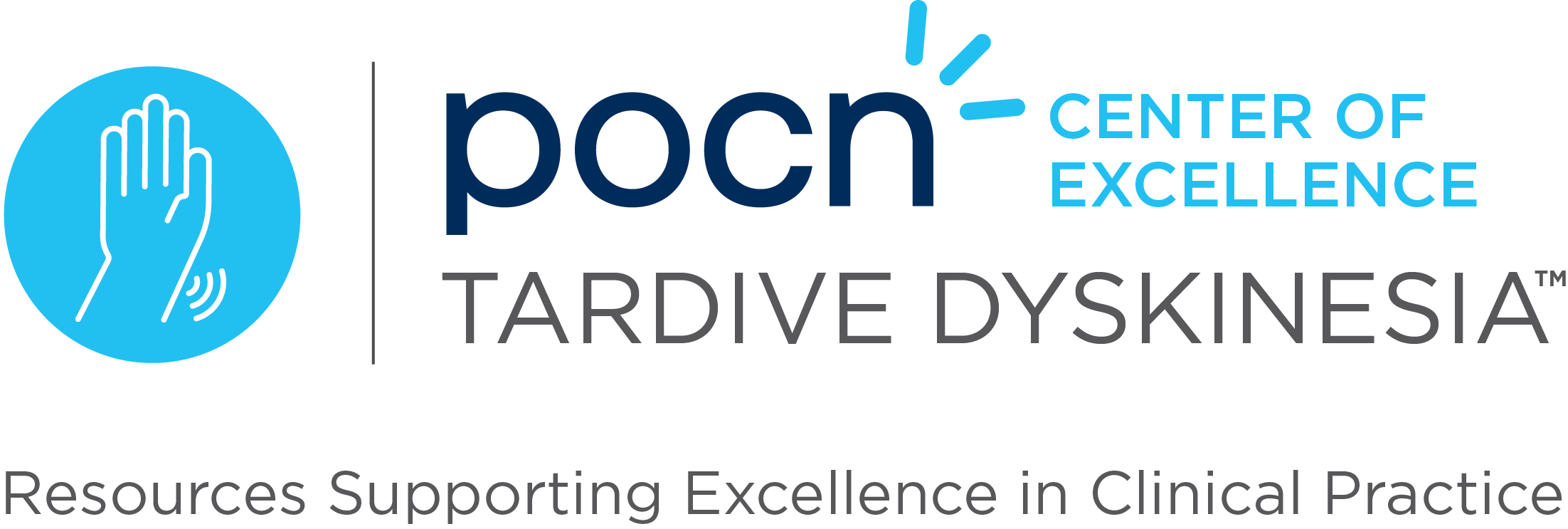In a study, researchers provided insights on identifying and treating tardive dyskinesia (TD), particularly in patients treated with antipsychotics. They emphasize the importance of recognizing risk factors for TD, regularly evaluating patients using standardized tools and criteria, and considering the most suitable treatment options for each patient. The study utilizes the Lean Six Sigma quality improvement model, involving defining, measuring, analyzing, improving, and controlling processes to enhance the understanding and management of TD.
Researchers note that risk factors for developing TD include patient age, cumulative exposure to antipsychotics, and potentially modifiable factors like comorbid conditions and treatment specifics. They highlight early detection of TD to be crucial to minimize worsening or permanence, and they discuss treatment options, including FDA-approved drugs valbenazine and deutetrabenazine, and the importance of proactive screening by clinicians. The researchers also emphasize the substantial physical, social, and psychological impacts of TD on patients’ lives and the challenges in managing their chronic conditions alongside TD.
Reference: Citrome L, Saklad SR. Revisiting Tardive Dyskinesia: Focusing on the Basics of Identification and Treatment. J Clin Psychiatry. 2020;81(2):TV18059AH3C. doi: 10.4088/JCP.TV18059AH3C.



